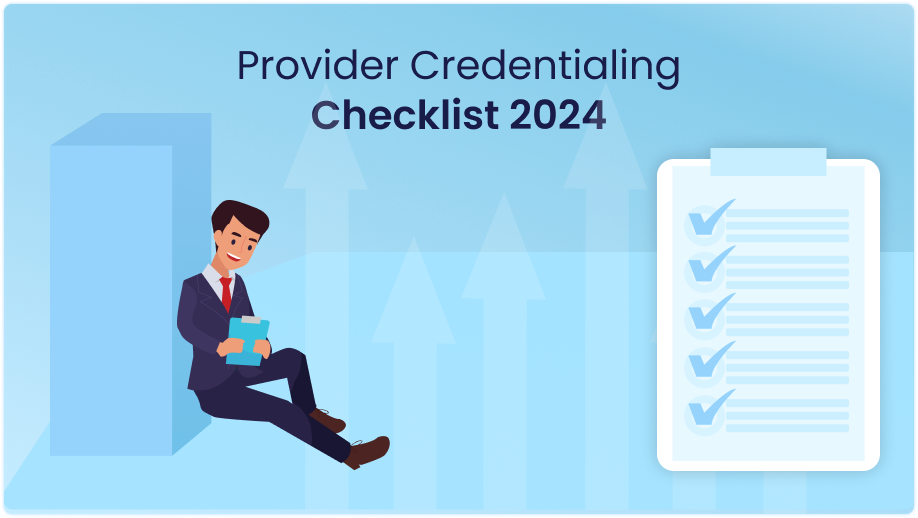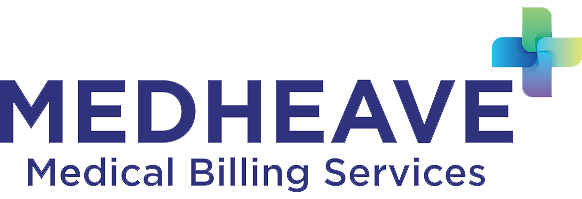 In the healthcare industry, providers must strictly adhere to the medical standards set by healthcare regulatory bodies. This is of utmost value to provide safe and quality care to the patients. Provider credentialing is the process of verifying medical qualifications, licenses, certifications, training, etc.
In the healthcare industry, providers must strictly adhere to the medical standards set by healthcare regulatory bodies. This is of utmost value to provide safe and quality care to the patients. Provider credentialing is the process of verifying medical qualifications, licenses, certifications, training, etc.
This blog highlights the essential steps for a provider credentialing checklist. This includes personal details, educational background, verification of board certifications, and many more.
Why Credentialing is Crucial?
Credentialing in healthcare is a basic requirement that is irreplaceable in maintaining competence and the normal standard of healthcare providers. Therefore, through verification of qualification, training, and experience of healthcare professionals, credentialing prevents errors from happening and assures services meet the patient’s needs. It is also a way of ensuring that patients are attending the doctor with the required authority and qualification to perform the therapy and to prevent the risk of committing a medical error that might lead to bad consequences.
How Provider Credentialing Works?
Healthcare organizations and insurance companies carry out the systematic process of provider credentialing. They ensure that the healthcare professionals are qualified, experienced, and have no blemishes on their record.
Following are the steps taken by the healthcare organizations:

Application Submission: Healthcare providers submit a detailed application with information about their educational background, licensure, references, etc.
Verification of Credentials: The regulatory bodies of the accrediting entity verifies the credentials provided by the provider. This involves educational institutions and licensing boards to authenticate the educational degrees, licenses, certifications, and work experiences.
Background Checks: Providers go through thorough background checks. This identifies if the provider has been involved in any kind of crimes or exclusion lists from federal healthcare programs.
Review of Malpractice History: The organization analyzes the malpractice history of the provider. This finds out any previous complaints, settlements, or judgments.
Assessing Competency: Credentialing committees or panels are responsible for determining the provider’s competence in the clinical area, as well as their professionalism and ethics assessment based on references, recommendations, and performance evaluations.
Decision Making: Based on the information gathered during the credentialing and privilege processes, the credentialing committee or designated authority will make a decision regarding the provider’s eligibility for credentialing and perpetration.
Privileges: Upon approval of the application, the candidate will receive specific privileges that align with their qualifications and scope of practice. These privileges define the nature of the services rendered within the healthcare organization or the particular network.
Ongoing Monitoring and Evaluation: The credentialing will not be a one-off event but a continuing process. Hospital systems conduct continuous surveillance and review of providers to make sure they hold the appropriate licenses and credentials, are up-to-date with standards of practice, and follow all laws and regulations.
Role of CAQH in Provider Credentialing
The Council for Affordable Quality Healthcare (CAQH) is an essential organization that facilitates efficient and effective provider credentialing within the healthcare sector. CAQH has come up with several solutions and initiatives that simplify administration, reduce paperwork, and enhance efficiency in the healthcare system for providers and payers simultaneously.
The major effort of this program is the Universal Provider DataSource (UPD), the central hub for the storage and management of credentialing information for the providers. Providers can input their data into the Uploading Provider Directory (UPD), which can then be accessed by participating health plans and organizations. Thus, avoid the need to repeatedly apply for credentials from multiple entities. This not only helps to reduce administrative burden and expenses but also speeds up the credentialing process.
Also, CAQH provides platforms such as ProView that enable providers to manage their credentialing information online, which makes the process even more flexible. Generally, CAQH makes a key contribution to the standardization and efficiency of provider credentialing processes, ultimately to the advantage of both healthcare providers and patients.
Overview of Provider Credentialing Document Checklist
Provider Credentialing Essential Elements Checklist
The essential elements for provider credentialing checklist are listed below:
Conclusion
To sum up, provider credentialing is an essential process, after which only qualified healthcare professionals that meet certain ethical and professional standards will obtain a license to practice. Accurately certifying qualifications, performing background checks, and evaluating competence let healthcare agencies establish the criteria for maintaining quality and safety.






Leave a Reply